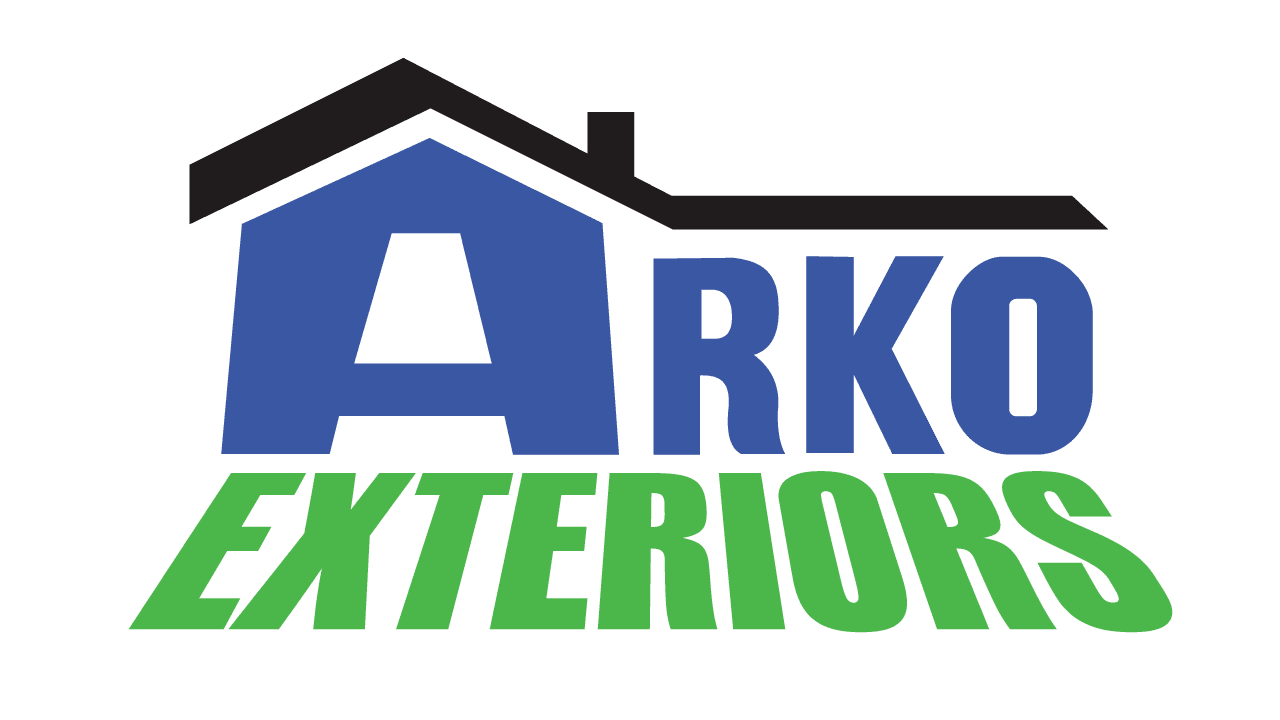Your roof is one of the most critical components of your home, providing protection from the elements and maintaining the integrity of your property. However, over time, even the most well-built roofs can deteriorate and require replacement. Ignoring the signs of a failing roof can lead to costly repairs and potential damage to your home’s interior. In this blog post, we’ll discuss some key warning signals that indicate it’s time for a roof replacement.
1. Missing or Damaged Shingles:
Inspect your roof regularly for missing, cracked, curling, or buckling shingles. These are signs of weathering and can leave your roof vulnerable to leaks and water damage. If you notice significant shingle damage or find granules from asphalt shingles in your gutters, it may be time for a replacement.
2. Leaks and Water Damage:
Water stains on your ceiling or walls, dampness in your attic, or visible signs of water penetration are clear indicators of roof damage. Leaks can occur as a result of damaged shingles, worn flashing, or deteriorating underlayment. Addressing leaks promptly is crucial to prevent further structural damage to your home.
3. Age of the Roof:
The age of your roof is one of the most significant factors in determining whether it needs to be replaced. Most roofs are designed to last between 20 to 25 years, depending on the materials used. If your roof is approaching or has surpassed this age range, it’s essential to closely monitor its condition and consider replacement.
4. Sagging Roof Deck:
A sagging roof is a serious structural issue that requires immediate attention. It can be caused by various factors, including the weight of accumulated snow or water damage. If you notice any areas of your roof sagging or dipping, it’s imperative to contact a roofing professional to assess the extent of the damage and recommend the appropriate course of action.
5. Mold or Mildew Growth:
Excessive moisture in your attic or on your roof can lead to the growth of mold and mildew. Besides being a health hazard, mold and mildew can also compromise the structural integrity of your roof and pose significant problems for your home’s indoor air quality. If you detect mold or mildew growth, it’s essential to address the underlying cause, which may necessitate a roof replacement.
6. Higher Energy Bills:
A deteriorating roof can compromise the insulation and ventilation of your home, leading to increased energy consumption and higher utility bills. If you’ve noticed a sudden spike in your energy costs, it could be a sign that your roof is no longer providing adequate protection against heat loss or gain.
7. Mold or Mildew Growth:
Excessive moisture in your attic or on your roof can lead to the growth of mold and mildew. Besides being a health hazard, mold and mildew can also compromise the structural integrity of your roof and pose significant problems for your home’s indoor air quality. If you detect mold or mildew growth, it’s essential to address the underlying cause, which may necessitate a roof replacement.
8. Visible Signs of Wear and Tear:
Take a step back and visually inspect your roof from the ground. Look for signs of wear and tear, such as sagging areas, dark patches, or algae growth. These visual cues can indicate underlying issues with your roof’s structural integrity and warrant further investigation by a professional.
9. Damaged Flashing:
Flashing is installed around roof penetrations such as chimneys, vents, and skylights to prevent water infiltration. If the flashing becomes damaged or starts to peel away from the roof, it can create entry points for water and compromise the integrity of your roof. Inspect the flashing regularly and replace it if necessary to avoid leaks and water damage.
10. Excessive Granule Loss:
Asphalt shingles are coated with granules that help protect them from UV rays and harsh weather conditions. Over time, these granules may start to shed, leaving your roof vulnerable to damage. If you notice a significant amount of granule loss on your shingles, it’s a sign that they are nearing the end of their lifespan and may need to be replaced.
11. Roof Rot or Decay:
Rot or decay in the roof structure, particularly in wooden components such as rafters and trusses, can compromise the stability of your roof. Inspect the attic and underside of your roof for signs of rot, including soft or spongy areas, wood discoloration, or visible fungal growth. Addressing roof rot promptly is crucial to prevent further deterioration and ensure the structural integrity of your home.
12. Loose or Damaged Roofing Material:
High winds, storms, and other weather events can loosen or dislodge roofing materials, leaving your roof vulnerable to leaks and water damage. Inspect your roof for loose or damaged shingles, tiles, or other roofing materials, and repair or replace them as needed to maintain the integrity of your roof.
13. Previous Repairs:
If your roof has undergone multiple repairs in the past or has a history of recurring issues, it may be a sign that it’s reaching the end of its lifespan. While repairs can address immediate problems, they may only serve as temporary fixes for underlying structural issues. Consider the frequency and extent of past roof repairs when evaluating whether it’s time for a roof replacement.
Conclusion
In conclusion, don’t ignore the warning signals that indicate it’s time for a roof replacement. Investing in a new roof is not only essential for protecting your home and belongings but also for ensuring the safety and comfort of your family. If you’ve noticed any of the signs mentioned above, don’t hesitate to contact a reputable roofing contractor to assess the condition of your roof and recommend the best course of action. Remember, timely maintenance and replacement can save you from costly repairs down the road and prolong the lifespan of your home’s most important asset.

